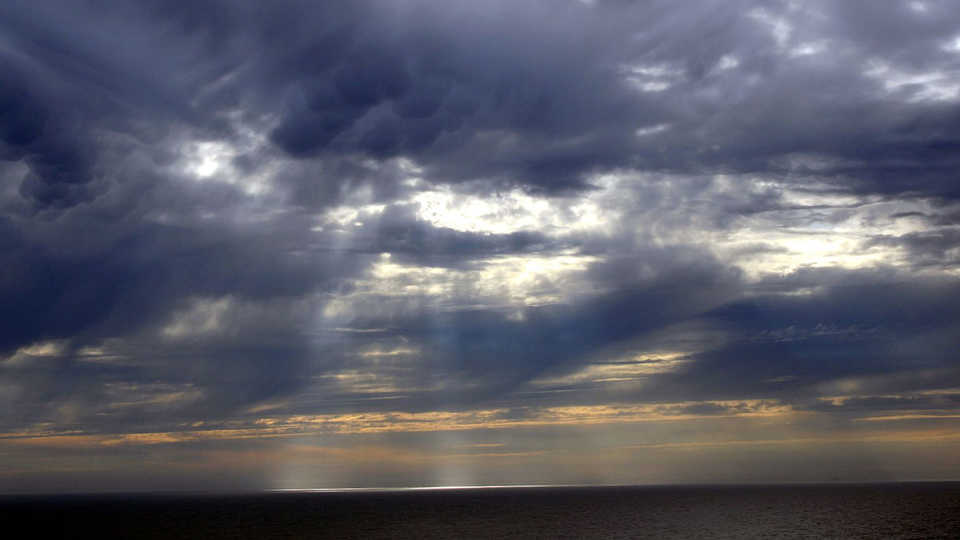This activity is anchored in the phenomenon of the colors we see in Earth’s sky. The phenomenon is introduced through a selection of images that contrast the colors we see in Earth’s sky (at noon on a cloudless day, or at sunset) with images from the moon where the sun or sunlight is visible, but the sky remains black. The observations and questions that come out of this introduction help students connect to the focus question which guides the investigation: “Why do we see the colors we do in Earth’s sky?”
Investigating and critiquing a model
The goal of this activity is to build towards an answer to the above question by investigating and critiquing a physical model of the phenomenon that leads to the colors in Earth’s sky. Students have the opportunity to work with the model in three different ways. First, they follow step-by-step directions to create the basic model, adding skim milk to water and observing what happens to light as it passes through the milky water. This is the point where students are given some key ideas and vocabulary for talking about light and its interactions (transmit, reflect, refraction, and scatter), and asked to discuss and write a team explanation for what is happening to the light in the “bucket.” Based on this explanation, they are given a second opportunity to investigate this model by changing one thing that they think will test their explanation. Finally, students engage in critique of the model by comparing it to scientific diagrams, and identifying the limitations and strengths of the bucket model in representing the real phenomenon.
What can you expect to see in the bucket?
When you shine the flashlight through the water in the bucket, there are very few particles large enough for the light to interact with. Most of the light passes through without being reflected, absorbed, or scattered, traveling in a straight line from its source. Looking down on the water or in from the side you don’t see very much light and the bucket still looks dark. However, you can see the light when you look through the bucket towards the light source, shining brightly from the other side of the bucket.
After skim milk has been added, light is scattered by the larger particles that have been introduced to the water. Now when you look down into the bucket, more of this randomly scattered light reaches your eye, and instead of a dark bucket, you see a bucket filled with light. Much of the light looks white, but as you observe more closely, you may notice that different colors are more visible in locations closer to or further from the light source.
How does this model the sky?
One phenomenon that the model helps us understand is that the sky viewed from the moon is dark, with a bright sun visible like a spotlight, while the sky viewed from Earth is filled with color. This model helps us consider how the Earth’s atmosphere causes a phenomenon we may take for granted.


